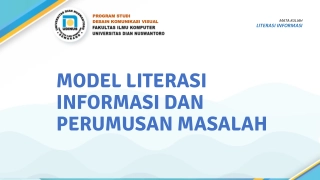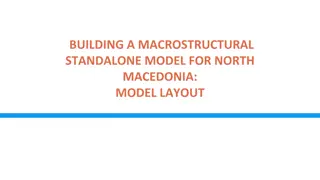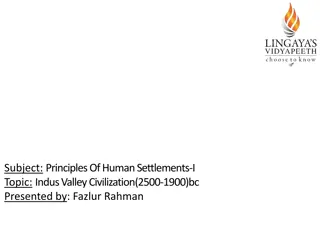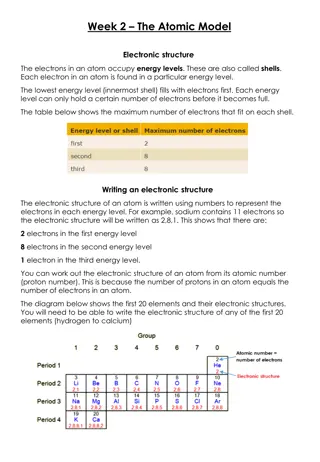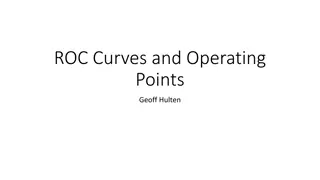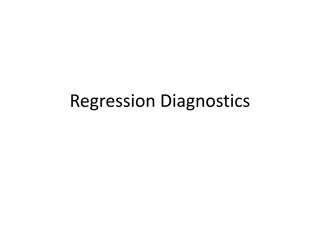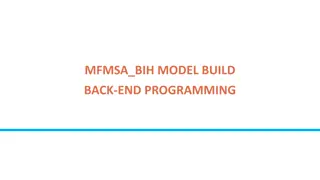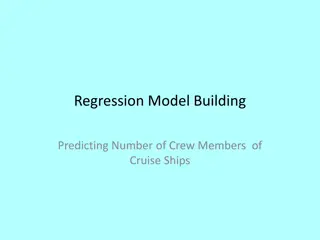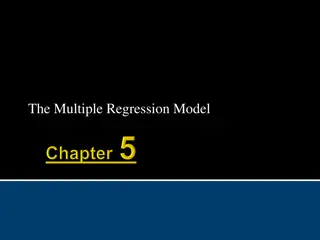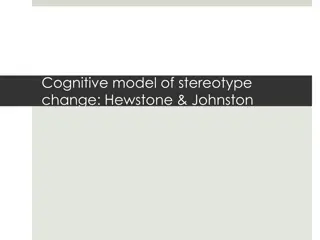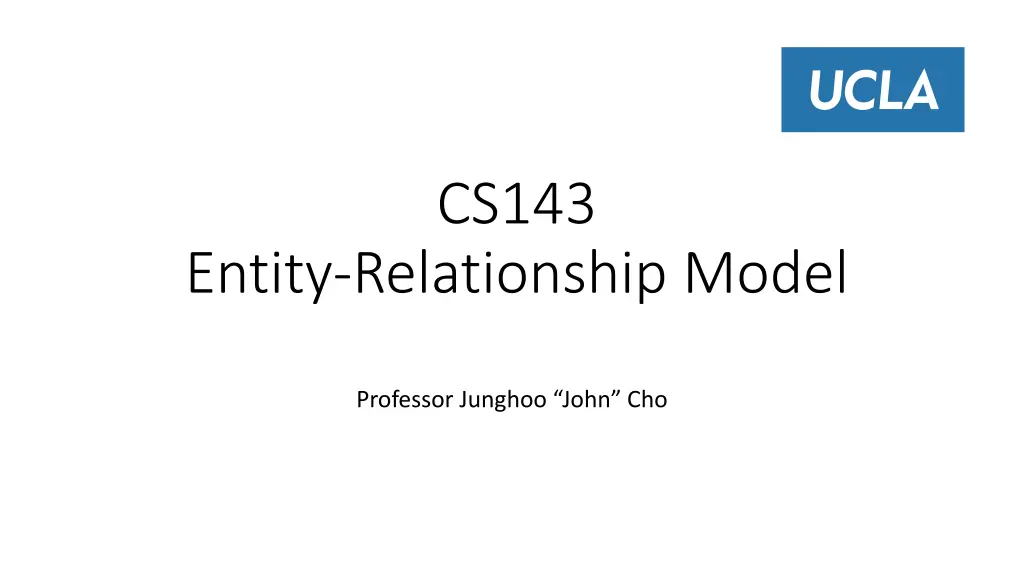
Understanding Entity-Relationship Model for Database Design
Learn how to design database tables using Entity-Relationship (E/R) model, which provides a graphical, intuitive, and informal representation of information. Explore entity sets, relationship sets, entities with attributes, keys, and cardinality of relationships in database design.
Download Presentation

Please find below an Image/Link to download the presentation.
The content on the website is provided AS IS for your information and personal use only. It may not be sold, licensed, or shared on other websites without obtaining consent from the author. If you encounter any issues during the download, it is possible that the publisher has removed the file from their server.
You are allowed to download the files provided on this website for personal or commercial use, subject to the condition that they are used lawfully. All files are the property of their respective owners.
The content on the website is provided AS IS for your information and personal use only. It may not be sold, licensed, or shared on other websites without obtaining consent from the author.
E N D
Presentation Transcript
CS143 Entity-Relationship Model Professor Junghoo John Cho
Entity-Relationship (E/R) Model Q: How should we design tables in our database? Tables are not given Good tables may not be easy to come up with E/R model: graphical, intuitive and informal representation of information on database Used to capture what we learn from domain experts/database users Not directly implemented by DBMS Tools exist to automatically convert E/R model into tables Two main components Entity sets and relationship sets 2
Entity Set Entity: thing or object in real world E.g., I, this book, UCLA Entity set: a set of entities (objects). Like a class in OOP Rectangle in ER Consists of name and attributes Students Classes Faculty sid name addr age GPA dept cnum sec title unit name title office email 3
Entity Set Entities with attributes can be thought as tuples (or records) (301, John, 13 Hilgard, 18, 3.3), (303, James, 12 De Neve, 19, 2.5), Key: a set of attributes that uniquely identifies an entity in an entity set Underline in E/R All entity sets in E/R need a key Students Classes Faculty sid name addr age GPA dept cnum sec title unit name title office email 4
Relationship Set Relationship: connection between entities Relationship set: a set of relationships of the same kind Diamond in ER Relationships can be thought as edges between entities Relationships can have attributes Not all entities have to participate in a relationship Students Classes Faculty sid name addr age GPA dept cnum sec title unit name title office email Take Teach grade quarter 5
Cardinality of Relationships Cardinality: how many times entities participate in a relationship? One-to-one One-to-many Many-to-many R R E1 E2 E1 E2 R E1 E2 Cardinality: Add arrow on the one side Total participation every entity participates in the relationship at least once Double line in E/R model 6
Meaning of Cardinality Q: What does it mean Many-to-one in Teach? One-to-one in Teach? Double-line between Classes and Teach? Double-line and arrow between Teach and Faculty? Double lines at both sides of Teach vs one-to-one of Teach. Are they the same? Classes Teach Students Take Faculty 7
General Cardinality Notation Label an edge with a..b The entity participates in the relationship between a through b times * means unlimited 0..* 0..1 R E1 E2 Don t get confused: for one-to-many relationship, 0..* appears on the one side and 0..1 appears on the many side 8
N-ary Relationship We may need more than binary relationship sometimes Example: Students, TA s, and Classes All TA s help all students Students Classes TAs Each student is assigned to a particular TA Students Classes TAs 9
Roles We can designate a role to each entity set that participate in a relationship set Labels on edges of a relationship in E/R model Useful if an entity set participates more than once in a relationship coder Partner Students tester 10
Superclass and Subclass Students id name Students id name ForeignStudents visa DomesticStudents state HonorStudents award TransferStudents transferred_units ISA relationship in E/R connects superclass and subclass Notes Specialization: superclass subclass, generalization: subclass superclass Subclass inherits all attributes of its superclass Subclass participates in the relationships of its superclass Subclass may participate in its own relationship Disjoint specialization vs overlapping specialization Either-or vs multiple specialization single hollow arrow vs multiple hallow arrows 11
Weak Entity Set Students sid name ProjectReport project_num title Submit Weak Entity Set: An entity set without a unique key Double rectangle in E/R model Part of its key comes from one or more entity sets it is linked to Owner entity set: entity set providing part of the key Identifying relationship: relationship between a weak entity set and owner entity set Double diamond in E/R model Discriminator: attributes in a weak entity set that become part of the key Dashed underline 12
E/R for Stores and Products All products are either private-label products (like Kirkland shoes at Costco) or national-brand products (like Kleenex Tissue) Every product is manufactured by exactly one manufacturer (like 7up by Coke company, etc.) Every private-label product is carried by exactly one chain store (eg, Kirkland shoes by Costco) Some national-brand products may not be carried by any chain store 13
E/R for Stores and Products All products are either private-label products or national-brand products Every product is manufactured by exactly one manufacturer Every private-label product is carried by exactly one chain store Some national-brand products may not be carried by any chain store NB- Manufacturers Products Chain Stores MadeBy Carried- By PL- National-brand Products Carried- By Private-label Products 14
E/R Design Principles Often it is not clear what choices to make One gigantic entity set with many attributes vs many smaller entity sets? Attribute vs Entity set? General rule of thumb for good design: avoid redundancy Saying the same thing more than once Space waste and potential inconsistency 15
E/R Design Example Faculty(name, addr) are instructors of Class(dept, cnum, title) Classes dept cnum title fname faddr Classes dept cnum title Faculty name addr Teach VS Things to consider for entity set vs attribute Do we need more attributes than keys? Is it one-to-one relationship? Create multiple entity sets for many-to-many or many-to-one relationships 16
E/R to Relation Converting E/R diagram to tables is mostly straightforward Automatic conversion tools exists (Strong) entity set: one table with all attributes 17
Example Conversion from E/R to Relation ProjectReport num grade TA name addr Submit coder Class cnum title Student name addr Partner Take tester quarter Teach ForeignStudent country HonorStudent fellowship Faculty name addr 18
E/R to Relation Converting E/R diagram to tables is mostly straightforward Automatic conversion tools exists (Strong) entity set: one table with all attributes Relationship set: one table with keys from the linked entity sets and its own attributes If attribute names conflict, prefix them with entity set name 19
Example Conversion from E/R to Relation Student(name, addr) Class(cnum, title) TA(name, addr) Faculty(name, addr) ProjectReport num grade TA name addr Submit coder Class cnum title Student name addr Partner Take tester quarter Teach ForeignStudent country HonorStudent fellowship Faculty name addr 20
E/R to Relation Converting E/R diagram to tables is mostly straightforward Automatic conversion tools exists (Strong) entity set: one table with all attributes Relationship set: one table with keys from the linked entity sets and its own attributes If attribute names conflict, prefix them with entity set name Weak entity set: one table with its own attributes and keys from owner entity set No table for identifying relationship set 21
Example Conversion from E/R to Relation Student(name, addr) Class(cnum, title) TA(name, addr) Faculty(name, addr) Teach(name, cnum) Take(Student.name, cnum, TA.name, quarter) Partner(coder, tester) ProjectReport num grade TA name addr Submit coder Class cnum title Student name addr Partner Take tester quarter Teach ForeignStudent country HonorStudent fellowship Faculty name addr 22
Conversion of Subclass(es) Two popular approaches 1. One table for each subclass with its own attributes and the key of its superclass Student(name, addr) ForeignStudent(name, country) HonorStudent(name, fellowship) 2. One gigantic table for the super class that includes all attributes Student(name, addr, country, fellowship) NULL values for missing attributes Student name addr ForeignStudent country HonorStudent fellowship 23

